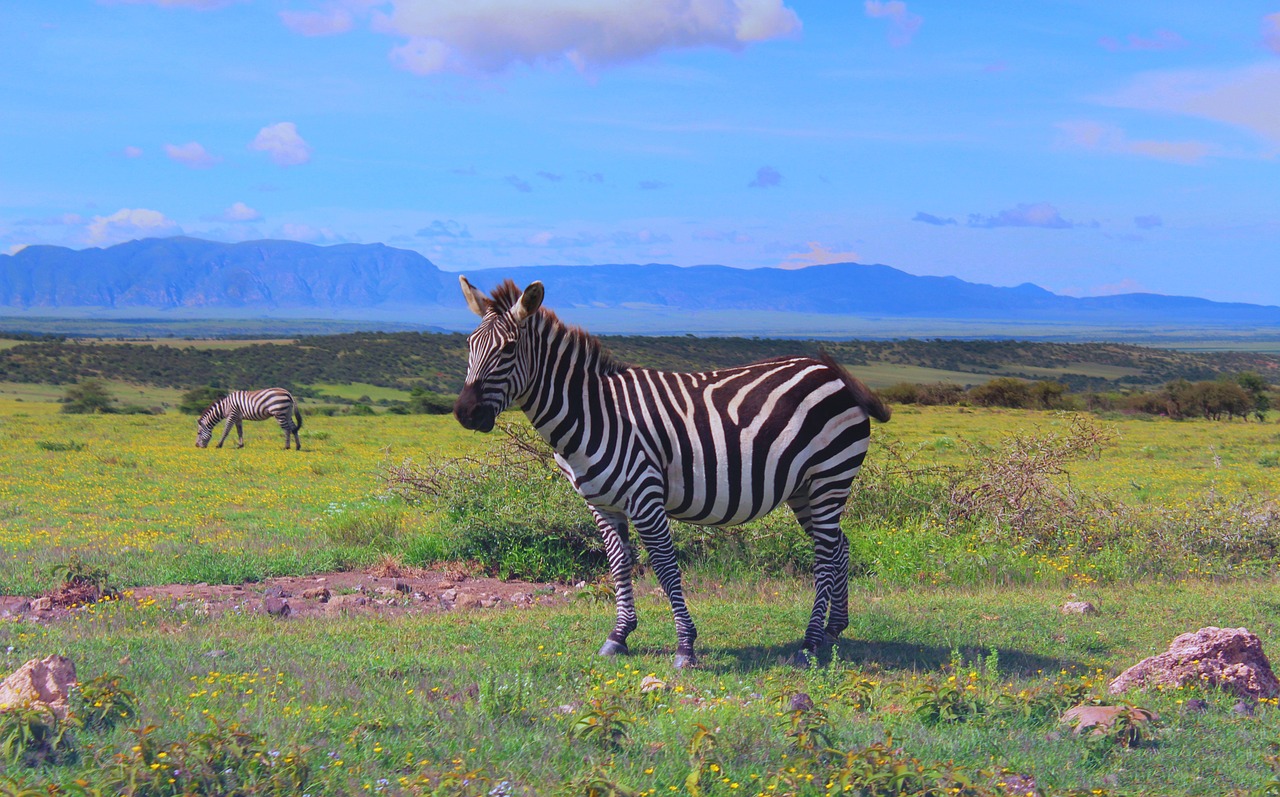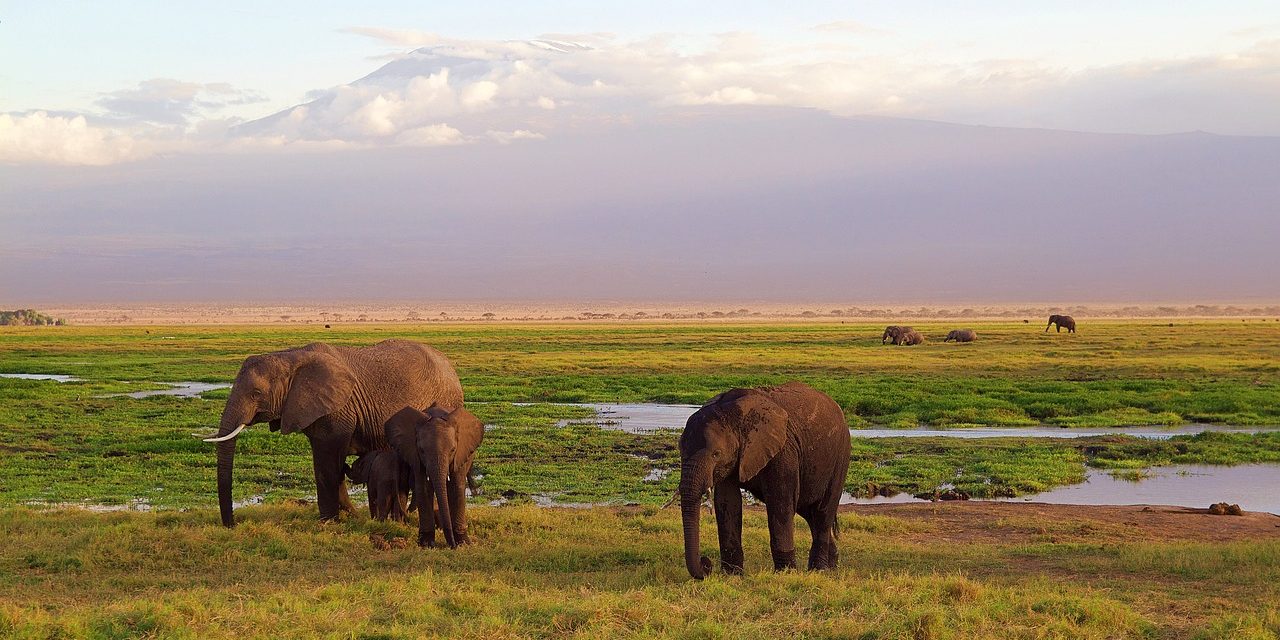Welcome to Tanzania, a land where geology tells tales of ancient times, mighty forces, and breathtaking landscapes. Imagine standing at the edge of vast escarpments, walking on the crust of cooling volcanic lava, or peering into a crater where time seems to stand still. Tanzania, with its dramatic Rift Valley, towering volcanoes, and timeless impact craters, is a safari for the soul and mind. In this article, we’ll take you on a journey to discover the most impressive geological wonders of Tanzania, where the story of Earth’s creation is written in rock and stone.
The Rift Valley
Imagine the ground splitting apart under immense pressure. This is the magic of the East African Rift System, a geologist’s dream and a traveler’s delight. This rift creates a vast network of valleys, escarpments, and deep lakes, shaping some of the country’s most stunning landscapes.

Step into the Ngorongoro Conservation Area, a UNESCO World Heritage Site, where geological grandeur meets wildlife spectacle. The Ngorongoro Crater, formed by the collapse of a giant volcano over three million years ago, is the world’s largest intact caldera. Here, herds of wildebeest, zebras, and majestic lions roam the crater floor, framed by lush walls that rise 600 meters high. It’s a geological amphitheater alive with the pulse of nature.
Lake Manyara
Lake Manyara, Fed by underground springs is a shimmering alkaline lake, which lies at the base of the Rift Valley escarpment. Known for its flocks of flamingos, their pink plumage reflecting in the shimmering waters, and tree-climbing lions.It perfectly illustrates the contrast between towering cliffs and expansive, wildlife-rich waters. The lake’s geology, influenced by tectonic activity, makes it one of Tanzania’s most picturesque and ecologically significant attractions.
Olduvai Gorge
Dubbed the “Cradle of Mankind,” Olduvai Gorge is a steep-sided ravine in the Rift Valley that holds some of the world’s most important archaeological and paleontological discoveries carved into the Serengeti Plains. Layers of exposed rock reveal nearly two million years of Earth’s history, including fossils of early human ancestors unearthed by Louis and Mary Leakey. Olduvai Gorge not only highlights geological shifts but also humankind’s evolutionary journey. Walk along its edges, and you’ll feel the weight of time pressing through the very rocks beneath your feet.
Volcanic Landscapes
Tanzania’s volcanic history has left a legacy of spectacular mountains, lava flows, and ash plains which is a showcase of fiery origins and timeless beauty.
Mount Kilimanjaro
No geological safari is complete without a trek to Mount Kilimanjaro, Africa’s highest peak, rising 5,895 meters (19,341 feet) above sea level. This stratovolcano consists of three cones—Kibo, Mawenzi, and Shira. Climbers ascending Kibo’sUhuru Peak traverse tropical forests, alpine deserts, and glaciers, experiencing a journey through geological epochs. Kilimanjaro’s snow-capped summit is a testament to Earth’s climatic and tectonic processes that traverse millions of years of geological evolution.
Mount Meru
Just west of Kilimanjaro lies Mount Meru, located near Arusha. An elegant, symmetrical peak reaching 4,566 meters (14,980 feet), its steep slopes and horseshoe-shaped crater, the result of massive ancient eruptions.Offering breathtaking views of Arusha National Park’s verdant plains. Hikers revel in its less-crowded trails, encountering giraffes, buffaloes, and sweeping vistas.
OlDoinyoLengai
OlDoinyoLengai, meaning “Mountain of God” in Maasai, is the world’s only active volcano that spews natrocarbonatite lava. This rare, black lava flows at much lower temperatures than typical molten rock, hardening into a pale white crust when exposed to air. Located in the Great Rift Valley, OlDoinyoLengai’s surreal eruptions make it a geological marvel like no other, and adventurous travelers who brave its slopes witness eruptions that seem more myth than reality.
The Crater Highlands
Stretching from Ngorongoro to Lake Natron, the Crater Highlands are a volcanic wonderland of ash cones, fertile basins, and sweeping plains across Northern Tanzania. Every peak and valley tells a story of eruption and renewal, offering unparalleled safari vistas.
Impact Craters
Tanzania’s ancient impact craters reveal powerful forces of planetary collision creating unique ecosystems and geological wonders.
Ngorongoro Crater
The Ngorongoro Crater isn’t just a geological marvel; it’s a thriving ecosystem teeming with life. Descend into the crater, and you’ll find lush grasslands, shimmering soda lakes, and acacia woodlands supporting everything from elephants to hyenas. Its rim offers breathtaking panoramas, a perfect vantage point to admire the forces that sculpted its walls.
Empakai Crater
For those seeking theEmpakai Crater, less famous but equally stunning offers a quieter, mystical experience. Its central alkaline lake attracts flamingos, while dense forests on its slopes echo with bird calls. Trekking along its rim or into its depths reveals volcanic cliffs that whisper of fiery pasts.
Other Geological Wonders
Tanzania’s varied terrain is filled with lesser-known but equally fascinating geological landmarks.
The Usambara Mountains
The ancient Usambara Mountains are a sanctuary of biodiversity, their weathered peaks cloaked in misty forests. Hike through their terraced farms and cloud-shrouded trails, and you’ll discover waterfalls cascading through lush vegetation, a tranquil paradise formed over eons of geological uplift.
The Amboni Caves
Step into the Amboni Caves near Tanga, and you’ll be transported into a labyrinth of limestone chambers. Stalactites and stalagmites create fantastical formations, their eerie shapes sparking legends of spirits and hidden treasure. Formed over 150 million years ago, these caves are a testament to the slow, patient artistry of water and time.
Lake Natron
Lake Natron, located near OlDoinyoLengai, is one of nature’s most surreal landscapes. Its shallow waters, rich in salt and minerals, turn crimson under the sun. The lake’s caustic environment preserves creatures in eerie perfection, calcifying their forms into ghostly sculptures—a haunting but beautiful reminder of nature’s extremes.
The Isimila Stone Age Site
Near Iringa, the Isimila Stone Age Site reveals towering sandstone pillars shaped by erosion. Here, archaeologists have unearthed stone tools dating back over 60,000 years. As you wander through this open-air museum, imagine early humans crafting tools from rocks shaped by the forces of wind and water.
The Kipengere and Livingstone Mountains: A Dramatic Landscape
The southern highlands’ Kipengere and Livingstone Mountains feature rugged ridges, plunging valleys, and cascading waterfalls. Formed by tectonic uplift, these mountains are a playground for adventurous hikers and a paradise for photographers seeking Tanzania’s less-trodden beauty.
A Safari through Time and Stone
Tanzania’s geological wonders are a testament to the powerful forces that shape our planet. From the grandeur of Mount Kilimanjaro to the eerie beauty of Lake Natron, each landmark is a chapter in Earth’s epic story. Embark on a geological safari and witness a land where nature’s artistry and ancient history collide, leaving a legacy of awe-inspiring landscapes waiting to be explored.
Pack your spirit of adventure, and let the rocks of Tanzania whisper their secrets as you journey through one of the world’s most captivating geological wonders.






